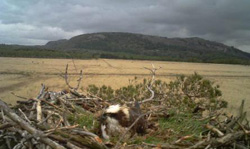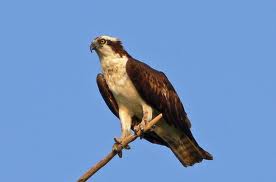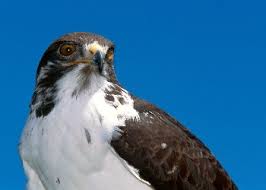Ospreys:
A pair of ospreys are at the Foulshaw Moss Nature Reserve, near Witherslack in south Cumbria, and the female bird female bird is constantly sitting, indicating she has laid eggs.
A pair of ospreys attempted to nest for the first time during 2013, but failed to produce any eggs, and so 2014 could see the nature reserve’s very first osprey chicks!
Foulshaw Moss Nature Reserve re-opened in 2014 after being closed to visitors for 4 months for repairs to footpaths and boardwalks, which have come at the end of 15 years of restoration of the peat bog.
300 metres of boardwalk lead to a raised platform and work is still in progress to create a circular route.
Further work is also being carried out on the car park, with information boards and a cabin where people can find out more about this special place.
The Osprey:
A specialised, fish-eating bird of prey, most akin to the buzzards or eagles in general appearance.
It has a long hook on the bill, used for tearing apart fish, and has specially adapted legs and feet, with an outer toe that can turn backwards, spiny scales on the soles of the feet and remarkably long, arched, pointed claws, all ideal for grasping muscular fish. It catches fish by diving.
There is just one species, very widely spread around the world.
Seen in flight from below the osprey has white or slightly mottled underparts. The long wings are angled, bending at the 'wrist' which has a black patch contrasting with the white wing linings, and at a distance it could be mistaken for a large gull. This spectacular fish-eating bird of prey is an Amber List species because of its historical decline due to illegal killing, and low breeding numbers.







